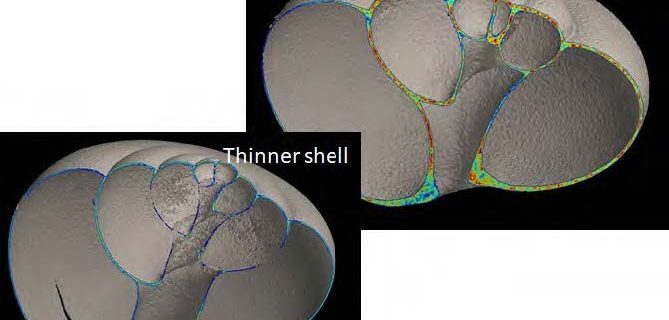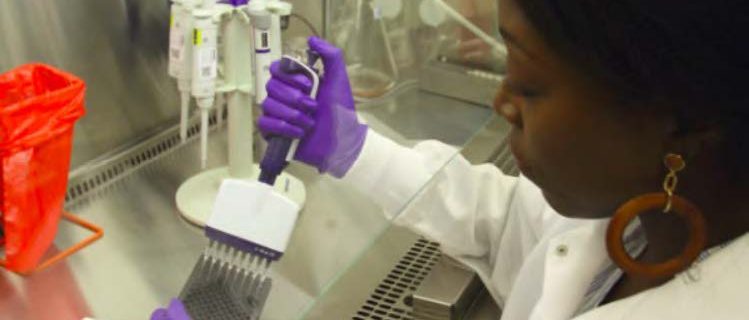SCCWRP and its partners have completed a three-year study examining the vulnerability of fisheries in the world’s polar regions to ocean acidification (OA) – an analysis that has illuminated the … More
Articles by: genus
Guidance prepared on how to use bioanalytical assays to screen for contaminants
SCCWRP has partnered with the National Water Research Institute (NWRI) to co-author guidance for California’s water recycling community on how to incorporate bioanalytical screening technology into routine water-quality monitoring. The … More
Study examining spread of microplastic debris through aquatic environments
SCCWRP and its partners have launched a three-year study to examine how microplastic debris is transported via waterways to the coastal ocean and what happens to this pollution once it … More
Sites being identified for evaluating effectiveness of stormwater BMPs
The Southern California Stormwater Monitoring Coalition (SMC) has begun identifying about a half-dozen sites that will serve as case studies for examining the effectiveness of stormwater BMPs (best management practices) … More
Field sampling completed for shellfish water-quality study in Newport Bay
SCCWRP and its partners have completed field sampling for a study examining whether a water-quality standard designed to protect the health of people who consume shellfish from Newport Bay in … More
Bacterial species, genes being identified for study examining antibiotic resistance in wastewater effluent
SCCWRP and its partners have begun working to confirm the identity of antibiotic-resistant bacteria and bacterial genes in treated wastewater effluent for an ongoing study examining whether this material is … More
Study to evaluate performance of film-based passive samplers for measuring microcystins
SCCWRP and its partners have launched a two-year study to evaluate the performance of novel, film-based passive sampling technology for measuring a class of cyanotoxins known as microcystins. The passive … More
New version of sediment quality assessment tool developed to streamline analyses
SCCWRP has developed a new, interactive web version of a web tool to assist environmental managers in assessing the human health impacts of contaminated sediment at a particular site. The … More
Dynamic exposure lab used to simulate pH buffering effects of kelp forests on oyster larvae
SCCWRP has used its new, state-of-the-art dynamic exposure laboratory to study how underwater kelp forests could lessen the effects of ocean acidification (OA) on oysters and other marine calcifiers. The … More
Computer model shown to simulate dispersal patterns of wastewater plume in coastal ocean
SCCWRP has used a computer model that simulates biogeochemical cycling in the Southern California Bight to predict the dispersal patterns of the Orange County Sanitation District’s wastewater effluent plume. The … More

